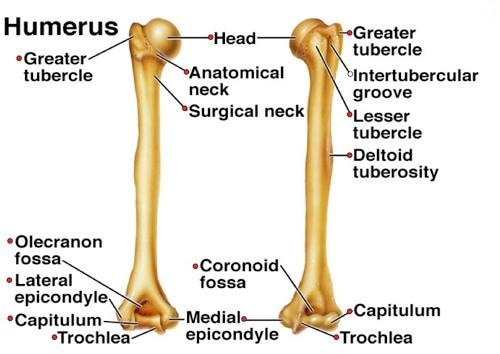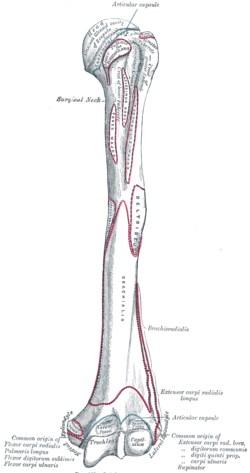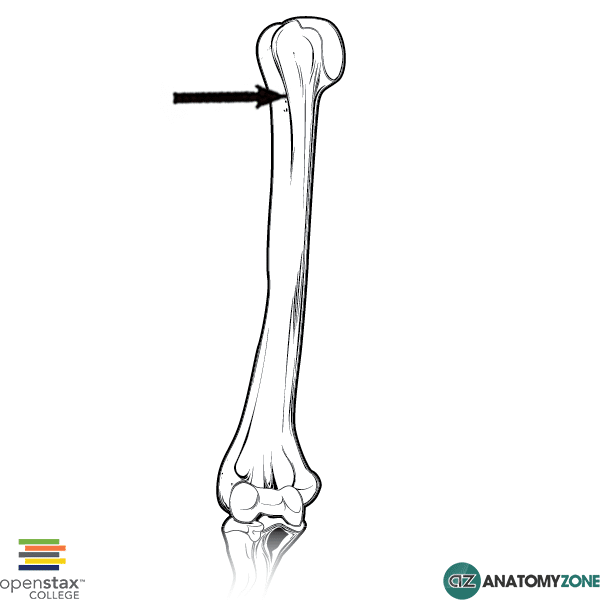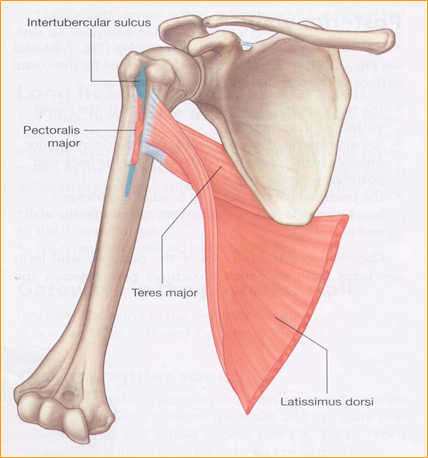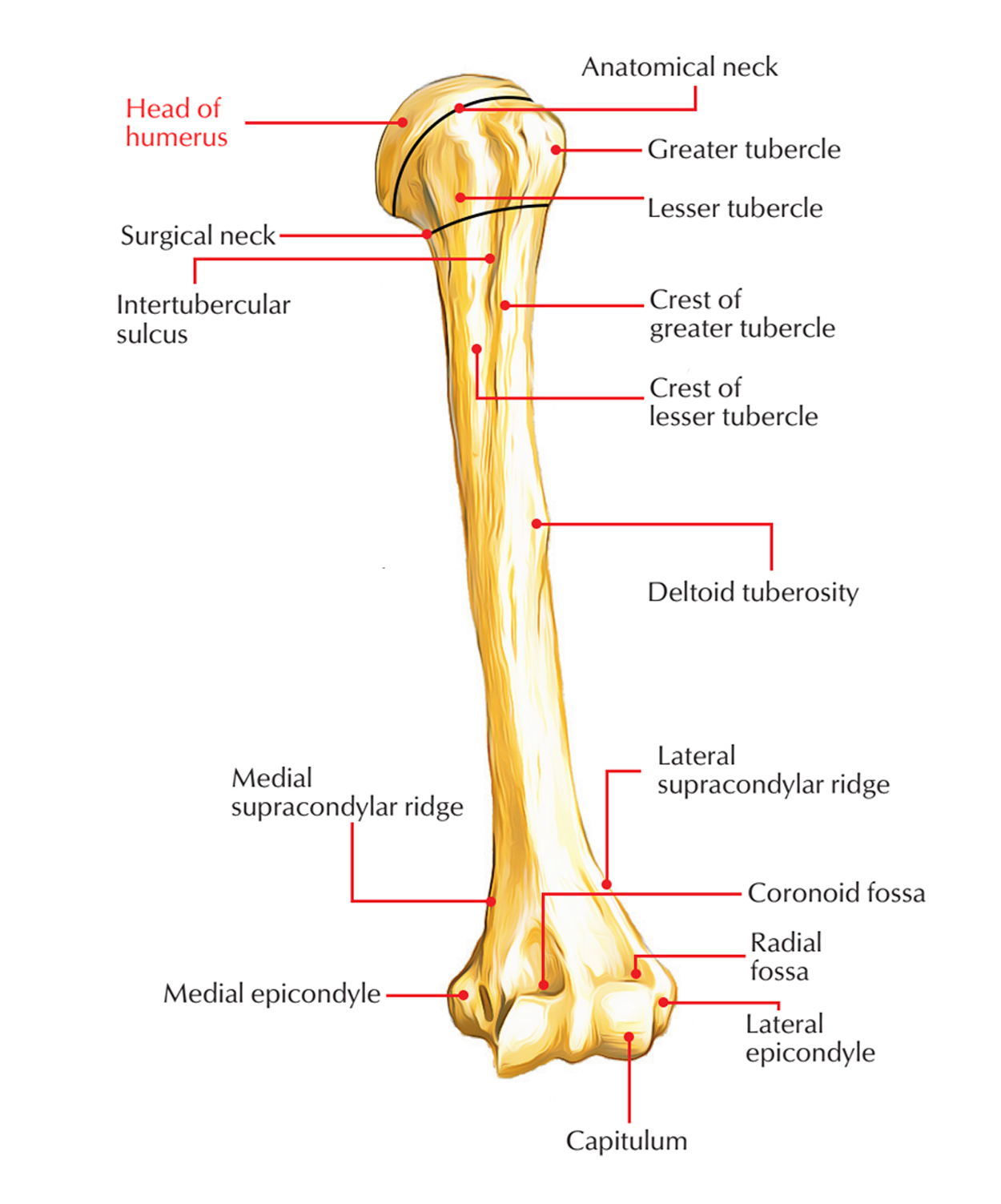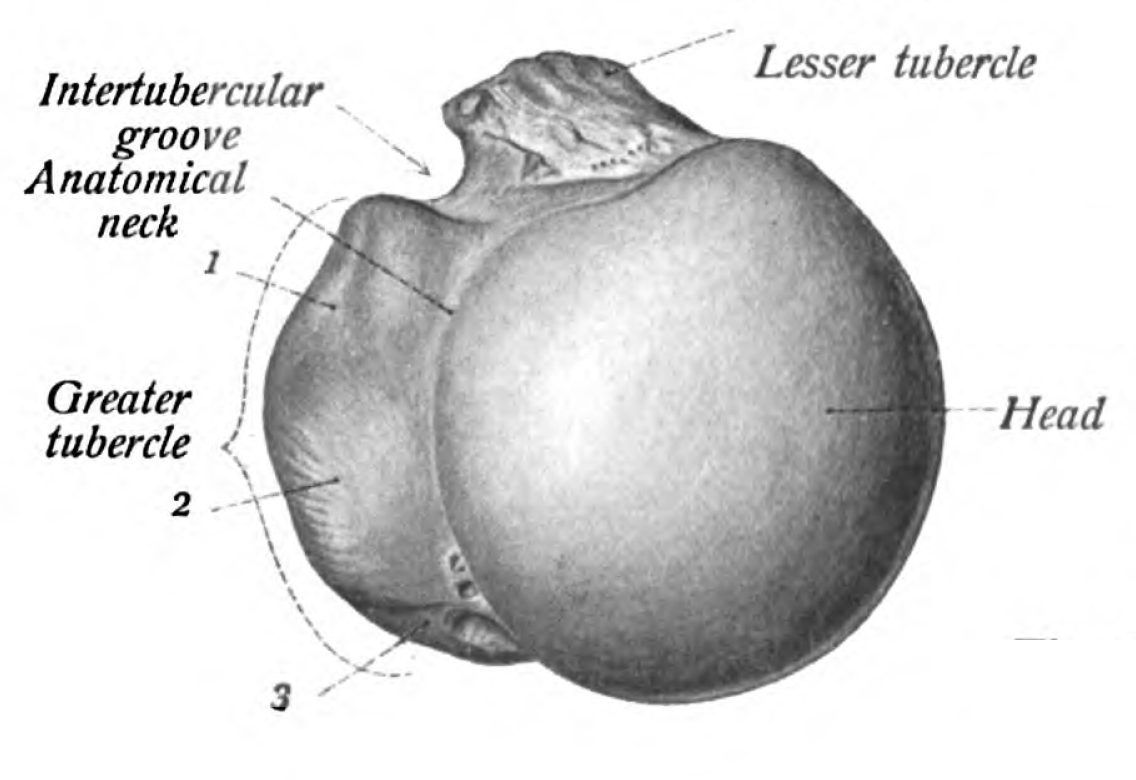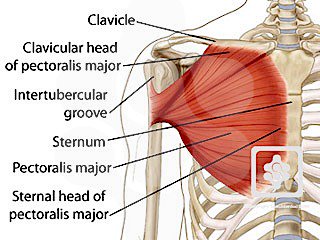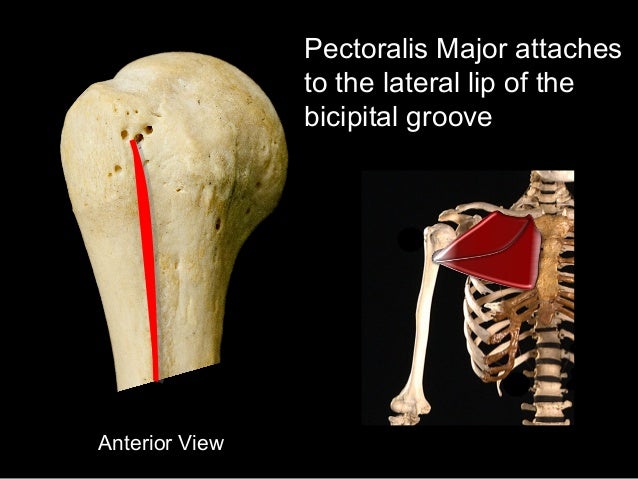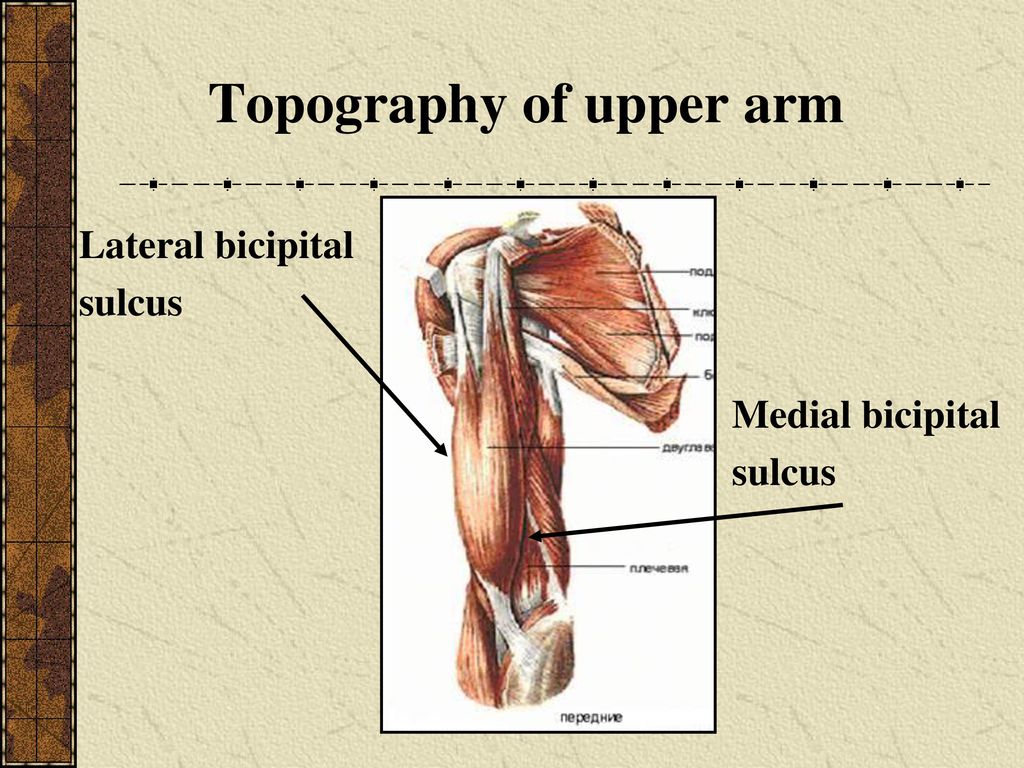Lateral Bicipital Groove Function

The tendon of the long head of the biceps muscle runs in this groove and attaches on the supraglenoid tubercle of the scapula.
Lateral bicipital groove function. The bicipital groove is typically 4 6 mm deep 1. It also transmits a branch of the anterior humeral. The median nerve traverses three successive arches or tunnels to enter the forearm deeply namely the bicipital aponeurosis pronator teres and flexor digitorum superficialis figures 41 6 and 41 7 it first passes under the bicipital aponeurosis which is a thick layer of fascia attaching the biceps brachii to the proximal forearm flexor mass. It runs obliquely downward and ends near the junction of the upper with the middle third of the bone.
The bicipital groove intertubercular groove sulcus intertubercularis is a deep groove on the humerus that separates the greater tubercle from the lesser tubercle the bicipital groove lodges the long tendon of the biceps brachii between the tendon of the pectoralis major on the lateral lip and the tendon of the teres major on the medial lip. The intertubercular sulcus also known as the intertubercular groove or bicipital groove is a groove separating the greater and lesser tubercles of the humerus. The bicipital groove also known as the intertubercular sulcus or sulcus intertubercularis is the indentation between the greater and lesser tuberosities of the humerus that lodges the biceps tendon. It also transmits a branch of the anterior humeral.
The structure indicated is the intertubercular sulcus of the humerus.

